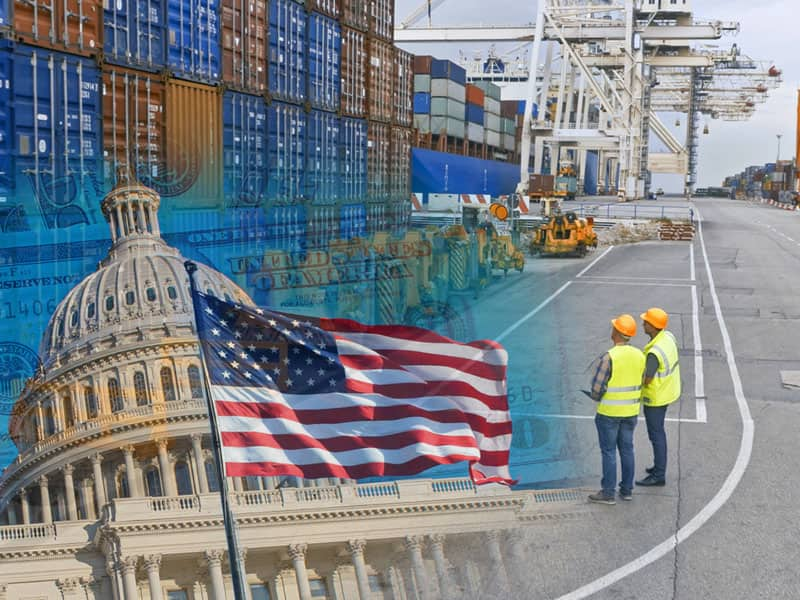
From collecting tariffs and duties to detaining and inspecting suspicious shipments, Customs and Border Protection (CBP) is one government agency no importer can avoid. Familiarizing yourself with CBP’s role in customs clearance is an important step to running a successful import business in the US.
Key Takeaways
Join us as we further examine CBP’s duties and roles in the context of US customs clearance.

Worried about using the wrong HTS code or import documentation?
Our 45 Minute Licensed Expert Consulting Will Personally Guide You.
CBP is the branch of the United States government charged with enforcing laws related to goods entering and leaving the country.
Some of CBP’s vital contributions to the importing of goods include:
Let’s examine each of these responsibilities in more depth.
Like any bureaucratic department worth its red tape, CBP collects reams of paperwork from US importers. However, in the last several years, much of this paperwork has been converted to electronic documentation. Importers can submit many of the documents CBP requires via the Automated Commercial Environment (ACE) on the agency’s website.
Some key documents involved in the CBP clearance process are:
Speaking of HTS codes, which are used to identify goods imported to the United States for categorization and tax calculation purposes, importers must be careful when determining which code applies to their shipment(s). Using the wrong code is a common cause of inspections by CBP.
Related: What Documents Do I Need To Import and Export?
If you’re a commercial importer, it’s practically unavoidable that you’ll encounter some kind of hold or holds in the process of doing business. Even if you do everything perfectly or partner with an experienced customs brokerage, a random inspection should be expected from time to time.
Several different scenarios can play out here depending on the type of inspection CBP executes. These types include:
Each successive tier of inspection will cost you more and more should such an event occur. You can mitigate the occurences of inspections by avoiding Less-Than-Container Load (LCL) shipments and by partnering with a trusted customs broker.
Related: 12 Benefits of Using a Customs Broker
Any taxes on imports assessed by the federal government will be collected by CBP. The shipper must pay the estimated duties and tariffs on their shipment within 10 days of the cargo being released. I’ve included a sample tariff and duty calculation for a typical import transaction. Note the country-specific tariff rate.

This is the chief reason CBP requires commercial importers to have a customs bond in place. The bond ensures that CBP gets paid even if the shipper fails to make the payment themself. In turn, the surety that issued the bond will pursue remuneration from the shipper for having paid these fees on the shipper’s behalf.
The CBP clearance process ends with the collection of these import taxes and authorization of the international shipment’s Cargo Release form. You may have additional concerns beyond this step, such as domestic shipping and/or freight forwarding, but in most cases, this is where CBP stops being a factor in customs clearance.
It’s easy for importers, especially those with little to no experience, to be intimidated by CBP’s involvement in the customs clearance process. However, you don’t have to face them or any partner government agency on your own. We’re here to help.
USA Customs Clearance has decades of experience helping US-based importers cut through the red tape of the US import process. From constantly changing tariffs to expert guidance with import compliance, we stand ready to partner with you in the complex world of international trade.
Our full list of customs clearance services includes:
Call us today at (855) 912-0406 or submit a contact form online. We’re ready to help you clear customs with confidence.
 Copy URL to Clipboard
Copy URL to Clipboard

Google is changing how it surfaces content. Prioritize our high-quality guides and industry-leading coverage in search results by setting usacustomsclearance.com as a preferred source.
Add your first comment to this post